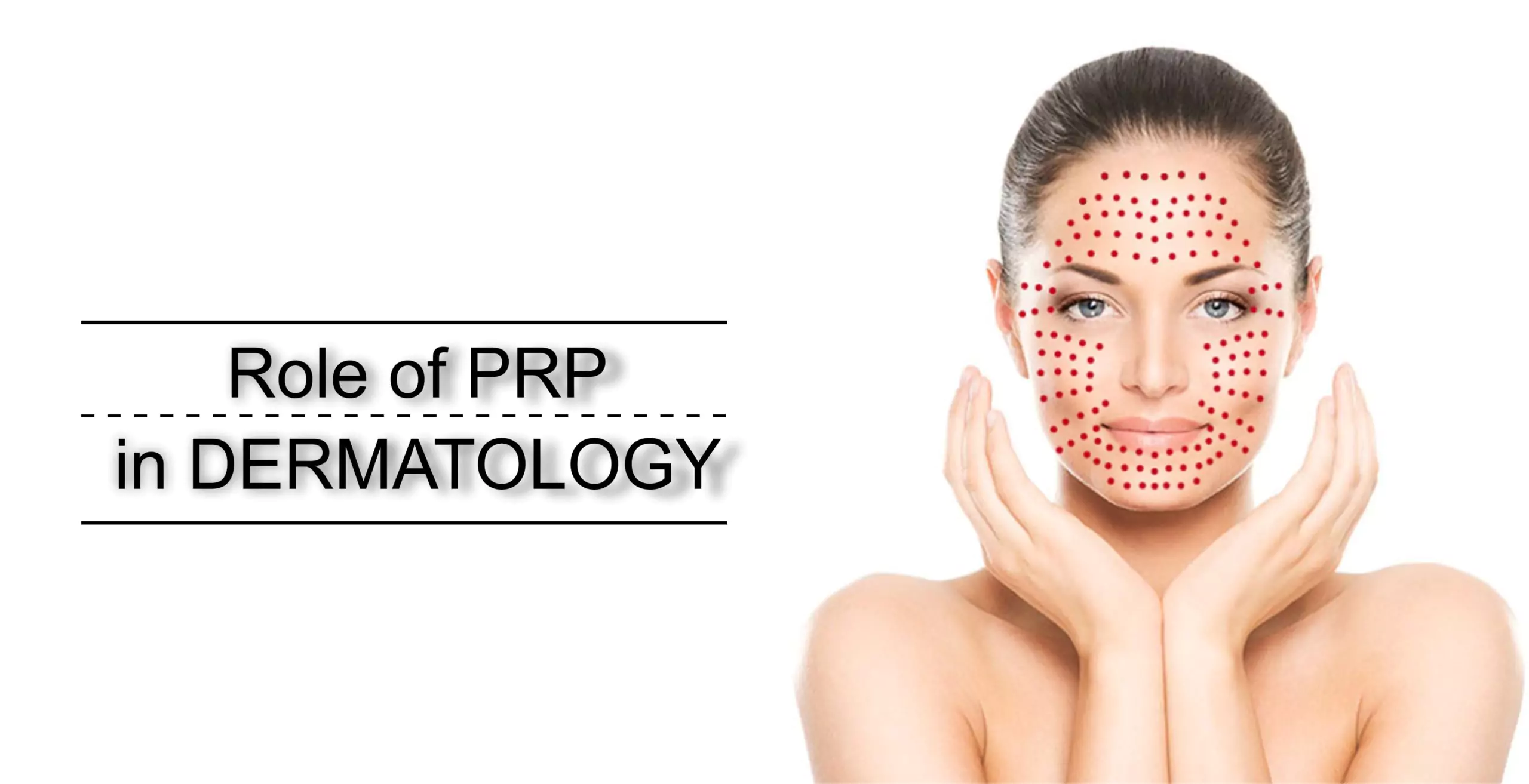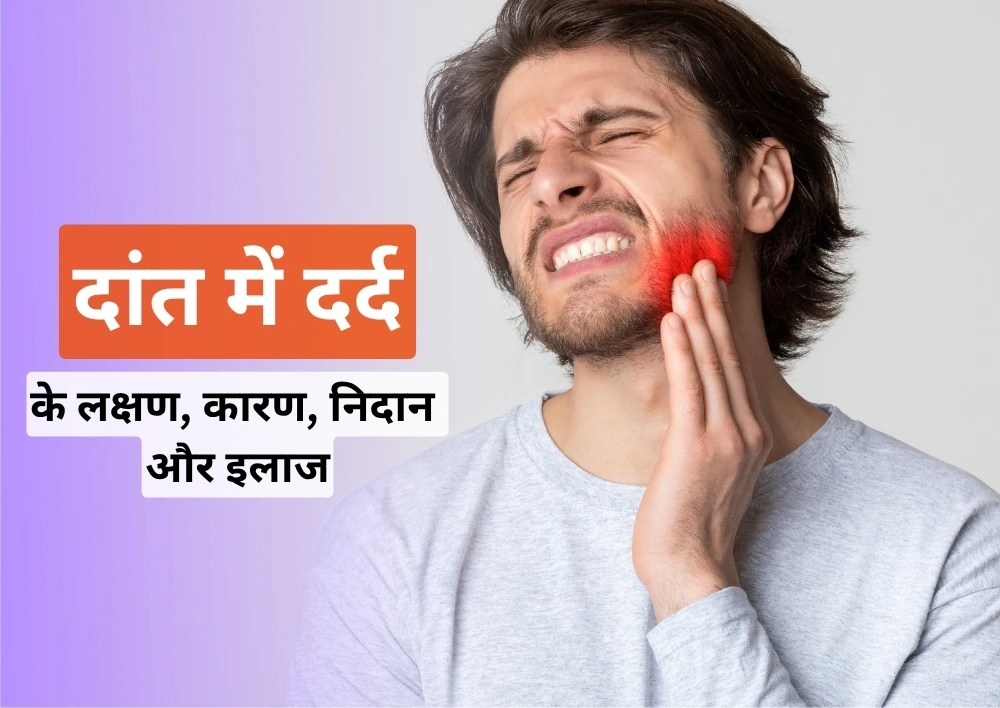Role of PRP in dermatology
Dermatology is that stream of medicine which deals with the treatment of skin, nails, hair, and cosmetic related cases. Dermatologists work on all the aspects of surgical as well as medical challenges like eczema, psoriasis, discoloration, warts, acne, hair fall, thin hair, skin pigmentation, and stretch marks, etc.
What is PRP?
PRP or platelet-rich plasma is also known as autologous conditioned plasma that is basically a blood sample collected from a patient’s body which is high in plasma protein concentration collected before centrifugation. The sample is thus high in platelets and growth factors. The sample is then injected back to the body for treatment using the patient’s own healing system. The PRP treatment is also used in various treatments of joints, cuts, injured tendons, ligaments, and muscles, wound healing.
Scope of PRP in dermatology
In the field of dermatology, PRP has been known to play an important role in:-
- Hair restoration
- Scar revision
- Skin rejuvenation
- Alopecia
- Melasma
- Tissue regeneration
- Burns
- Hyperpigmentation
- Acne and acne scars
- Dermal Augmentation
- Healing of wounds
Apart from these, there are many areas the PRP treatment is used in dermatology.
How does PRP work?
PRP acts as a catalyst in boosting collagen and elastin levels by stimulating them. With enhanced production of these proteins which constitute the skin structure, the skin is thickened in places where it has thinned down thereby reducing wrinkles, faint lines, and improving the overall skin texture and tone. It provides an effective solution for a person suffering from acne and rosacea
The time period for results
Though PRP treatment is not permanent and results are shown after 6 months usually, touch up injections may be needed once a year. They are usually not painful but depend on the area being pricked. The PRP treatment is usually safe since it is of autologous origin so the probability of transfusion-transmitted infections and suffering adverse reactions is next to nil.
PRP in plastic surgery and post-operative stage
PRP therapy is used in plastic surgery and other dermatological surgeries wherein the flaps require quick healing, decreased bleeding, the need for dressing and drainage with improved sealing by eliminating dead space. It has been seen that with the use of PRP there has been an improvement in cosmetic dermatologic outcomes through angiogenesis, adipogenesis, and neocollagenesis. Though skin rejuvenation and hair restoration are the cases mostly done in this therapy, yet when PRP is conjugated with other treatment types like lasers, dermal fillers and other devices have also shown remarkable results. Augmented fat injections to enhance fat survival is also an emerging area for PRP treatment.
Limitations
PRP over the last few years have proved to be an efficient bioregenarator in dermatology and allied fields. However, the number of cases published with good outcomes in different platforms need to be synchronized to develop a deep understanding of the molecular mechanisms involved in tissue regeneration. In dermatology, though the scope is being tried and tested in the past few years, yet more clinical and biological studies are required to effectively establish the facts and figures related to the beneficial results.
However, in spite of all these limitations, the growth of PRP treatment cannot be stalled. Some of the best dermatologists in Gurgaon carry out these treatments and their treatment quality is considered at par with the best in the world. These Doctors with their enhanced technical know-how and dedication work on PRP from the well-known skin clinics in Gurgaon and provide wonderful results at affordable costs.






_के_कारण,_लक्षण_और_घरेलू_उपाय.webp)






Was the information useful?
0 0